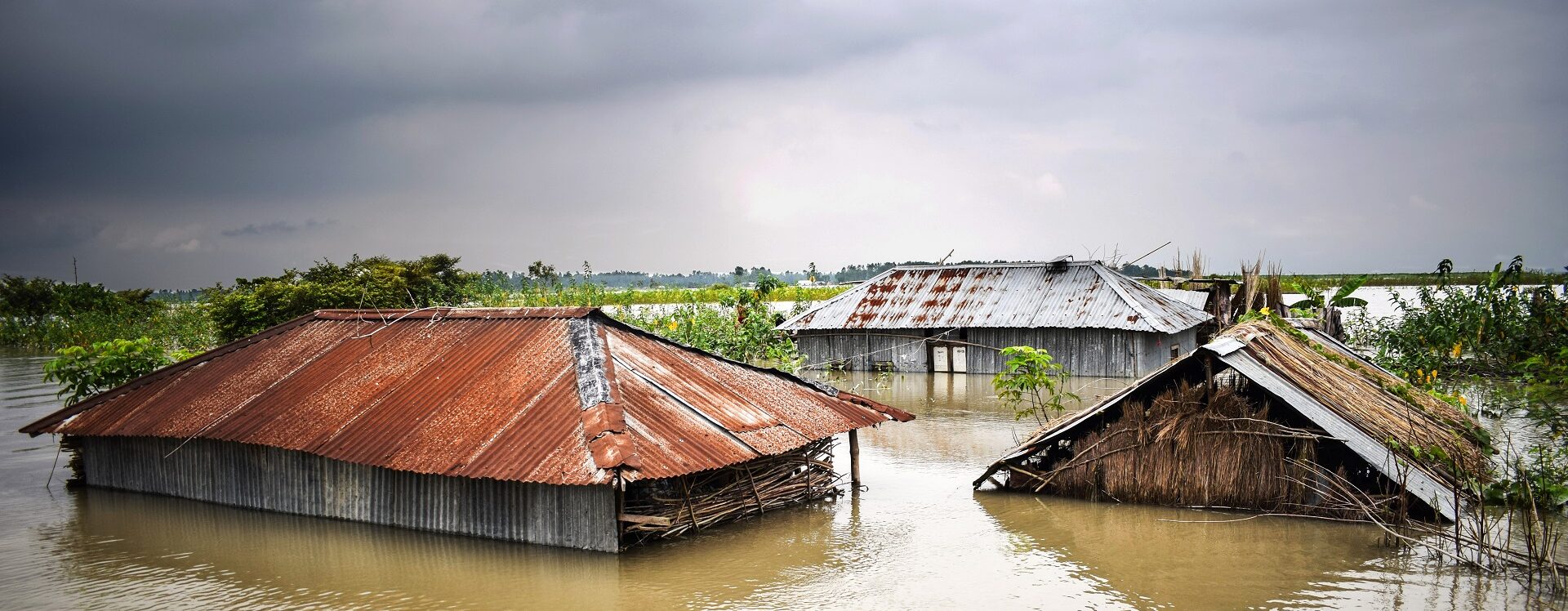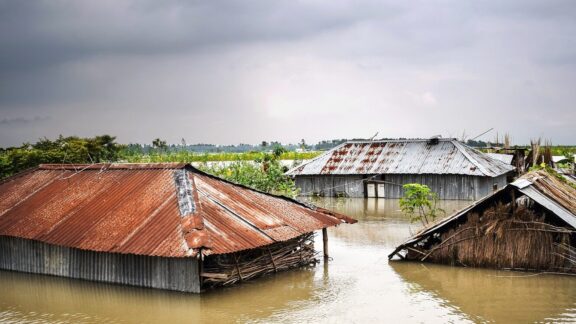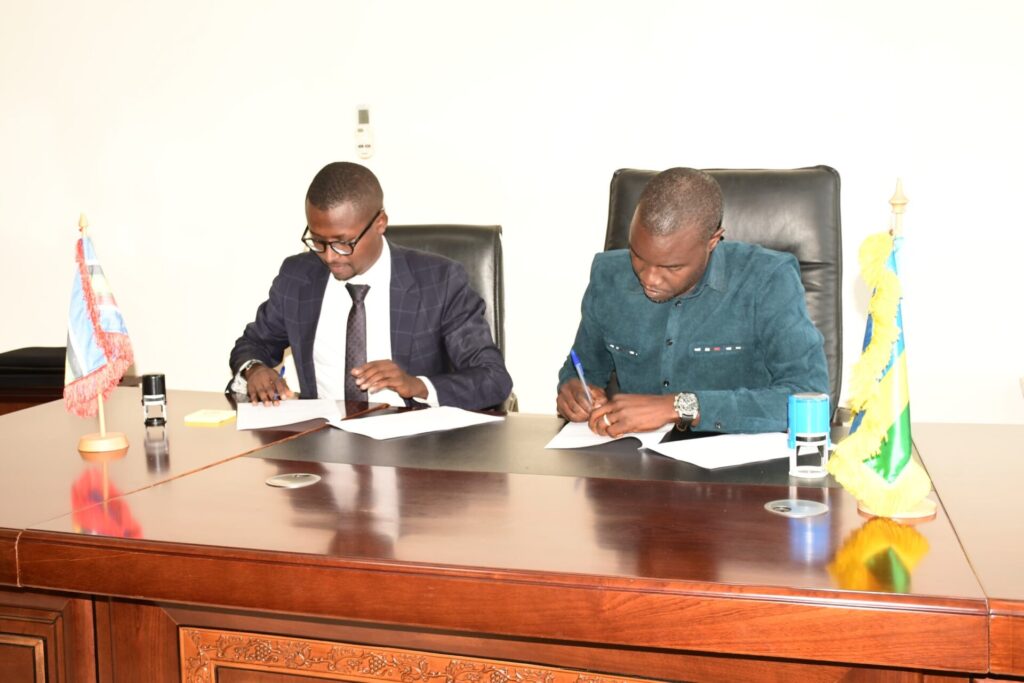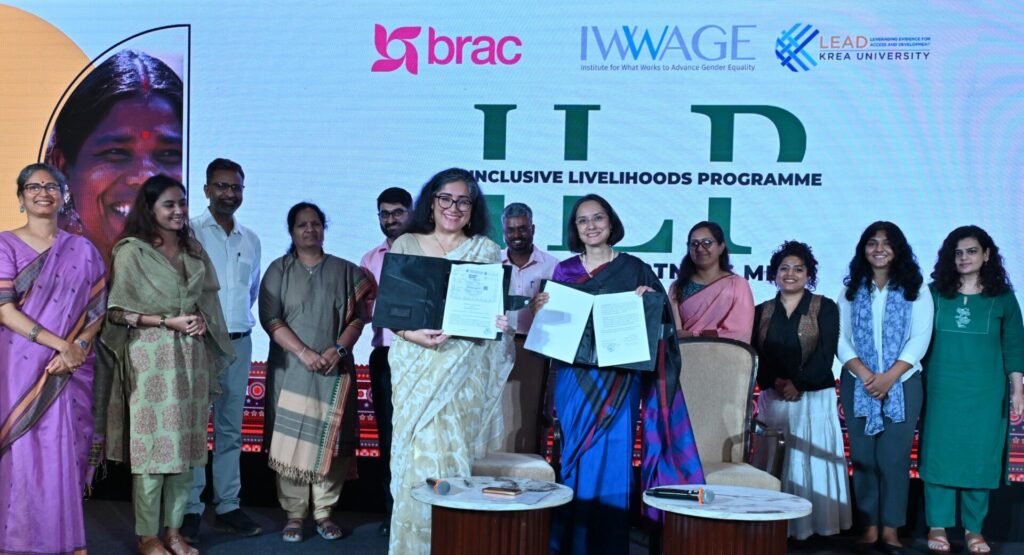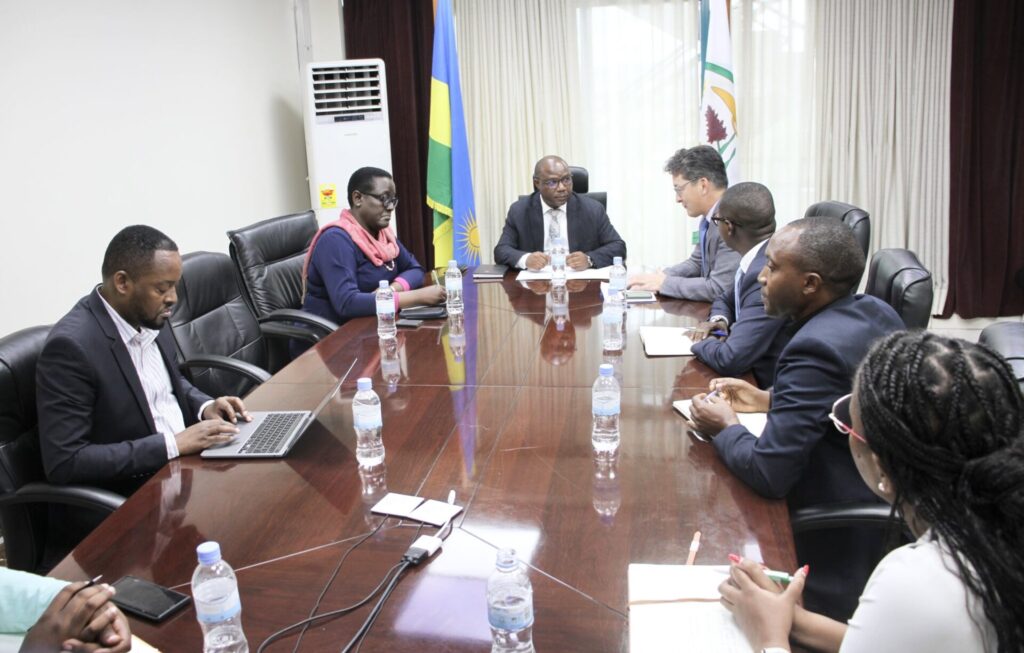This article originally appeared in InDepthNews on October 14, 2021.
DHAKA (IDN) — It is time we start treating extreme poverty as the global emergency it is. This International Day for the Eradication of Poverty, October 17, we are looking at 100 million more people being forced into extreme poverty by the end of 2021 as a result of COVID-19, joining nearly 700 million people who were living in extreme poverty before the pandemic struck.
This increase is likely to be most significant in low-income countries, where poverty is projected to increase at a faster rate than before the pandemic.
Hundreds of millions of people worldwide have limited access to income, food, clean water, healthcare, and employment, yet extreme poverty does not receive the attention or resources that other humanitarian crises do from the international community.
Extreme poverty is more than a lack of income – it is inextricably linked to and exacerbated by ongoing disasters, contributing to rises in child labor, gender inequality, and famine around the world.
In 2020, progress in eliminating child labor stalled for the first time in 20 years due to rising poverty in Africa; 47 million more women and girls have been pushed into extreme poverty by the pandemic; and amid rising poverty and food prices, 41 million people are at imminent risk of famine in 2021.
The lack of urgent action on ending extreme poverty has been due, in part, to a misplaced belief that growth alone could end the deepest forms of poverty.
However, progress toward global poverty reduction began slowing in recent years and existing anti-poverty policies and programs were missing many of the most marginalized populations. 79 percent of the bottom quintile of earners in low-income countries were receiving no social assistance whatsoever.
The data is clear: We will not be able to eliminate extreme poverty under the status quo.
COVID-19 has further exacerbated the issue and made clear that we need all sectors at the global, regional, and local levels to actively take measures to alleviate the worst forms of poverty.
The pandemic has taken the world off course in poverty reduction, particularly in low income countries where poverty is projected to increase at a rate of 2.7% in 2021 as compared to 0.2% before the pandemic.
The long-term global impact could mean nearly 600 million people could still be living in extreme poverty by 2030, an increase of 50 million people compared to pre-pandemic estimates.
Setting a course to eradicate extreme poverty in the foreseeable future will require increased financial support from the international community as many of the governments who are facing rising levels of extreme poverty lack the fiscal space to address it.
But money alone will not be enough to address this emergency. Countries will also need to change their policies and programs aimed at poverty reduction to ensure they reach people who are poorest and enable them to build long-term resilience.
Extreme poverty is not insurmountable. Evidence-based interventions with the potential to make a tremendous impact on extreme poverty worldwide exist. They are called economic inclusion programs, and they have enabled millions of people around the world to escape cycles of extreme poverty.
These interventions focus on empowering people who have been socially and economically excluded to build sustainable livelihoods and often involve providing support for their basic needs alongside asset transfers, skills training, and ongoing coaching.
A recent report from the Partnership for Economic Inclusion at the World Bank finds that these interventions are experiencing an unprecedented surge worldwide, with 219 programs now reaching nearly 92 million people across 75 countries.
With government-led programs scaling in some countries, economic inclusion programs could reach nearly 20 percent of all people experiencing extreme poverty by 2030.
Economic inclusion interventions have the ability to break the poverty cycle for good.
The evidence base supporting this is broad and growing; research from LSE found 93% of participants in BRAC’s Ultra-Poor Graduation program in Bangladesh have seen a continued increase in income, savings, consumption, and self-esteem for years after program interventions ended.
Innovations for Poverty Action compared Village Enterprise’s Graduation program in Uganda to cash transfers of the same cost and found that economic inclusion interventions led to greater improvements in income, consumption, nutrition, and subjective well-being than cash alone.
More evidence is surfacing that suggests these programs have long-term impact. MIT research by Garima Sharma and Nobel Laureates Abhijit Banerjee and Esther Duflo studied Bandhan’s Graduation program in West Bengal, finding that even ten years after starting the interventions, participants saw significant improvements in their consumption, food security, income, and health.
Another study conducted by LSE and BRAC Institute of Governance and Development (BIGD) finds that more than a decade after completing BRAC’s Graduation program in Bangladesh, participants were more likely to have more productive jobs with greater job security in 2020 despite the economic shocks of COVID-19.
As development actors seek to make meaningful strides in poverty eradication, an emphasis on sustained impacts and resilience building will be more crucial than ever as worsening climate shocks such as flooding, drought, and soil erosion threaten to destroy lives and livelihoods.
By scaling economic inclusion interventions, countries can go beyond providing much-needed cash and food aid, enabling people in extreme poverty to build their savings, diversify and increase their incomes, and learn the skills needed to withstand shocks which would otherwise force them back into the poverty trap.
Beyond increased financing and more effective long-term approaches, eradicating extreme poverty will require a shift in political will. To drive systems change around the emergency of extreme poverty, we need a new paradigm for how we think and talk about it.
Many still believe poverty is a fact of life and there is little we can do about it. This is demonstrably false when we have rigorous evidence to show that a single, two-year intervention can empower people to escape extreme poverty and improve their wellbeing for years afterward.
We need to start viewing extreme poverty as a policy choice and take the steps needed to change policies to better meet the complex needs of people who experience it.
We also need to stop viewing people in extreme poverty as victims.
When given the right tools and resources, people who are the furthest behind can become agents of change in their lives, escaping the poverty trap and building the resilience to continue an upward trajectory that benefits their households and communities.
To truly move the needle on ending extreme poverty by 2030, financial and political change is needed, but it is not impossible. We must strive to mobilize support and resources at the global, regional, and local levels, cultivating multisectoral partnerships to rapidly expand proven anti-poverty policies and programs. Only then will we be treating this issue with the urgency it deserves.

